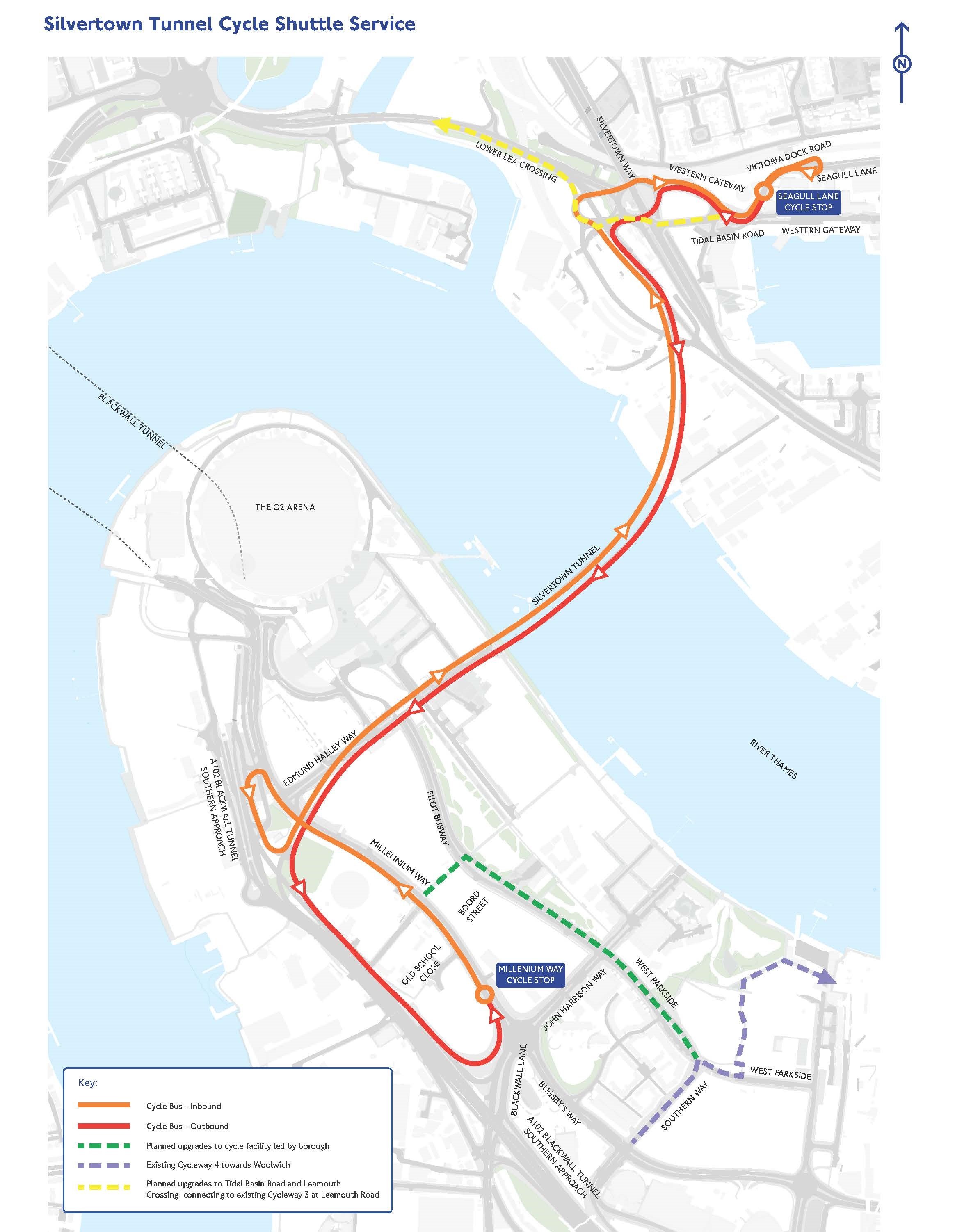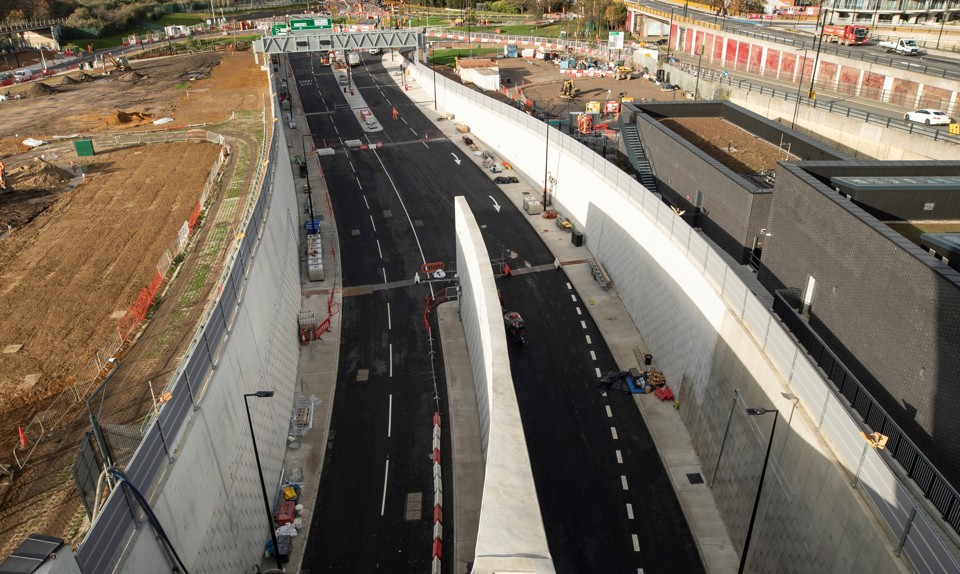Transport for London (TfL) has revealed that the Silvertown Tunnel will open on April 7.
First announced in 2012, the 1.4km Silvertown Tunnel will link Newham to the Greenwich Peninsula.
Drivers will have to pay to use both the Silvertown and Blackwall tunnels between 6am and 10pm, seven days a week.
An off-peak rate of £1.50 will apply the majority of the time, for vehicles registered for TfL Auto Pay.
To manage traffic during the busiest times, peak charges would apply, set at £1 more than standard off-peak charges for motorcycles and an extra £2.50 for cars and small vans.
Large vans will pay an extra £4 and HGVs will pay an extra £5 during peak hours.
These would apply for four hours northbound in the morning (from 6am to 10pm) and three hours southbound in the evening (from 4pm to 7pm), Monday to Friday, or for anyone not using TfL Auto Pay.
Stuart Harvey, chief capital officer at Tfl, said: “I’m pleased that we can now confirm that the Silvertown Tunnel will open on 7 April 2025, following years of hard work and close collaboration between ourselves and Riverlinx.
“The tunnel is on track to open in the coming months and is a testament to brilliant and ground-breaking engineering.
“The new tunnel, along with the initial user charges, discounts and exemptions, will support growth in the local area and provide new public transport connections across the river.
“These measures will also help manage traffic demand as well as the environmental impacts, and ensure the new tunnel delivers on its objectives of reducing traffic congestion and providing resilience at the Blackwall Tunnel, while ensuring we support local residents on low income, small businesses, sole traders and local charities.”
With construction work on the Silvertown project now coming towards a close, and operational readiness testing underway ahead of the tunnel opening, work is moving to installing the infrastructure which will support the new zero-emission bus routes that will serve the Silvertown Tunnel – including the new cycle-shuttle service under the Thames.
The new bus routes serving the tunnel, which will be free for at least the first year, will also launch the same day.
TfL will also shortly begin to install the new shelters and cycle racks for the zero-emission cycle-shuttle service, which will have a bespoke design to support cyclists and distinguish them from the regular bus network.
The service will operate every 12 minutes, seven days a week from 6.30am to 9.30pm. It will have two stops, one on each side of the river, with the ‘north’ stop located on Seagull Lane close to Royal Victoria DLR station, and the ‘south’ stop located on Millennium Way near the junction with Old School Close.

The service will also have a unique look and feel to help distinguish it from the regular bus network. This branding will be used on the buses, the stops and shelters, and on the wayfinding signs to raise awareness of the new service.
Maps showing local cycle routes will also be on display at shelters to help with journey planning and encourage further journeys by cycle. Further details of the branding will be revealed in the coming weeks.
Work on Tidal Basin Roundabout, together with new walking and cycling routes around the roundabout and along Dock Road has also recently been completed, with work on improving Lower Lea Crossing for all road users currently underway and due to be complete by the end of spring 2025.
Stagecoach London managing director Paul Lynch said: “We’re excited to be asked to operate the innovative and important Silvertown Tunnel cycle-shuttle service as part of the enhanced cross river public transport offering, and we're busy making sure our specially converted zero emission buses will be ready in time.
“We also hope to see the new tunnel ease traffic conditions for our other bus services in the area.”
The Silvertown Tunnel project has been delivered by the Riverlinx consortium, which is made up of Abrdn, Invesis, Cintra, and SK Ecoplant, through a design, build, finance, operate and maintain contract.
The vast majority of the funding is coming from private finance which has been specifically raised for this scheme.





















Login to comment
Comments
No comments have been made yet.